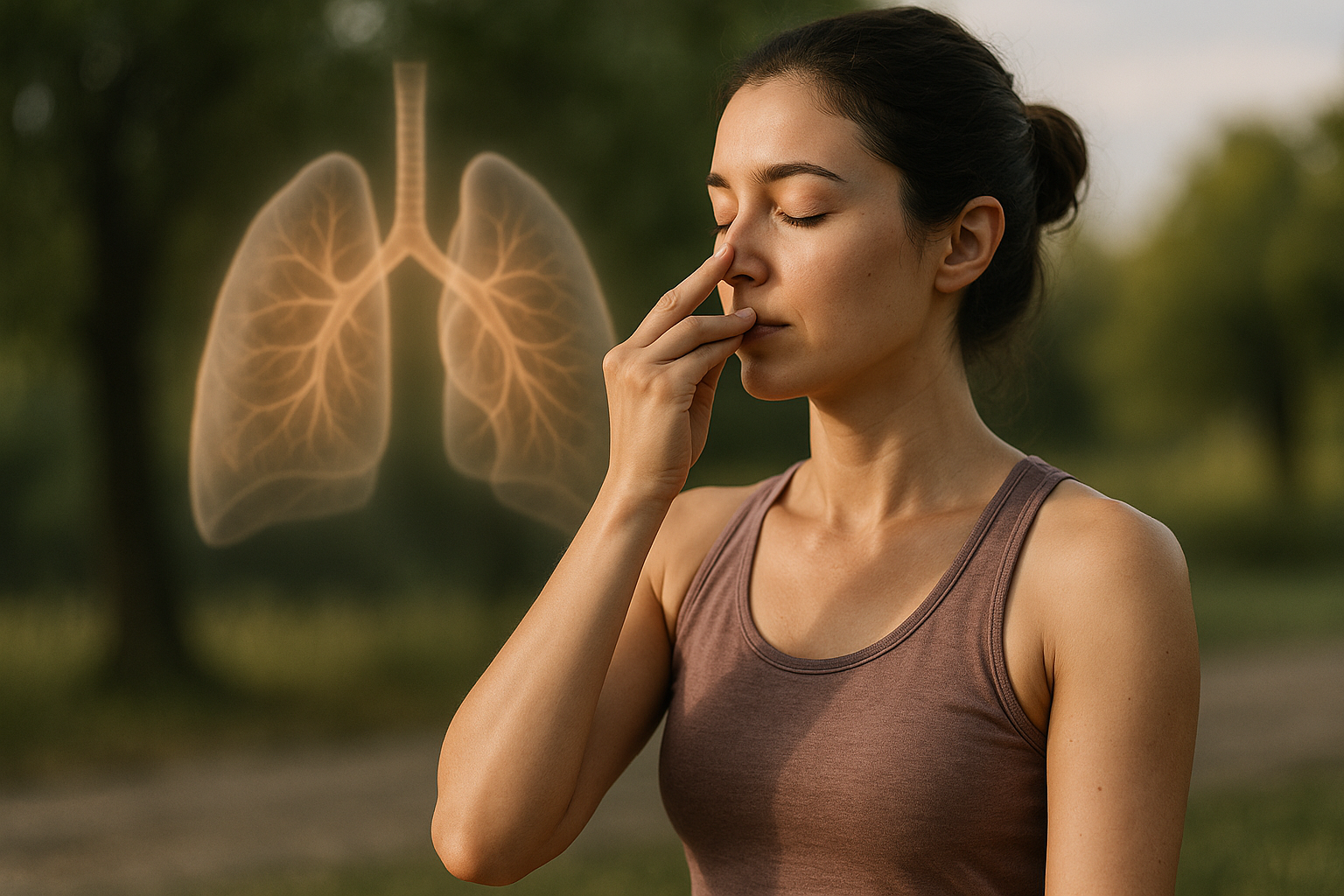Unveiling the Health Benefits of Pranayama: The Ancient Art of Breath Control
Breath is life, and how we breathe can significantly influence our physical, mental, and emotional health. Today, we delve into the ancient practice of Pranayama, a yoga discipline centered around breath control. Is there scientific evidence to back its acclaimed health benefits? Let's explore.

With roots dating back to ancient India, Pranayama is a key component of yoga, often overshadowed by the more popular physical postures or asanas. It’s based on the Sanskrit words ‘Prana’, meaning life force or breath, and ‘Yama’, meaning control or regulation. Historical texts such as the Bhagavad Gita and Patanjali’s Yoga Sutras, dating back to around 400 B.C., extensively discuss Pranayama’s significance.
The Science behind Pranayama
The act of breathing seems simple, yet it’s a complex process involving the respiratory and cardiovascular systems. Each breath delivers oxygen to our cells and removes carbon dioxide, a waste product. Pranayama aims to optimize this process.
Studies have shown that Pranayama can influence our autonomic nervous system, which controls functions like heart rate and digestion. It can stimulate the parasympathetic nervous system, promoting relaxation and recovery, and reduce the overactivity of the sympathetic nervous system, which triggers the stress response.
Health Benefits of Regular Pranayama Practice
Regular practice of Pranayama has several potential benefits. For instance, it can help improve lung function and capacity, crucial for overall respiratory health. It can also lower blood pressure, reduce anxiety and stress, and improve mental focus and mindfulness.
However, as with any health practice, Pranayama has its challenges. It requires commitment and proper technique to reap its benefits. Also, those with certain health conditions, like asthma or heart disease, should practice under professional guidance.
Practical Insights: Integrating Pranayama into Your Daily Routine
-
Start with a few minutes daily: Begin with 5 minutes of Pranayama daily and gradually increase the duration as your comfort and skill level improve.
-
Learn proper techniques: Seek out a certified yoga instructor or reputable online resources to learn and practice correct breathing techniques.
-
Practice on an empty stomach: It’s recommended to practice Pranayama on an empty stomach, preferably early in the morning.
-
Be consistent: Consistency is key. Make Pranayama a part of your daily routine for maximum benefits.
Though it’s been practiced for centuries, science is just beginning to uncover the potential health benefits of Pranayama. Like many wellness practices, it’s not a magic bullet but a tool that, when used correctly, can contribute to a healthier, more balanced life. As always, consult with a healthcare provider before starting any new health practice.




